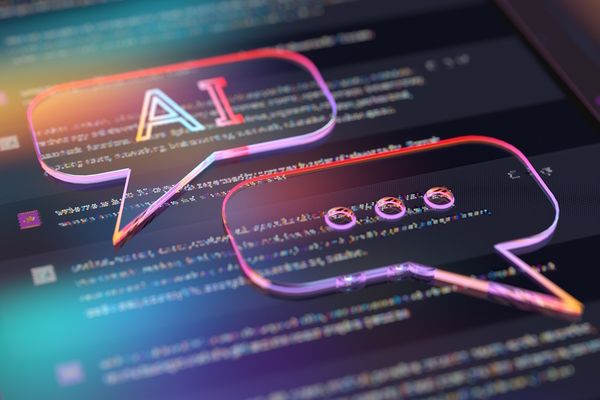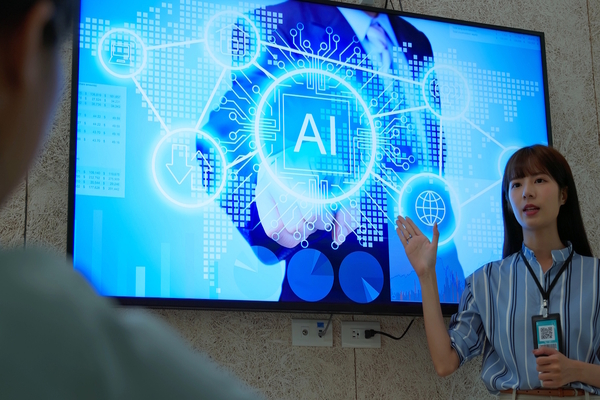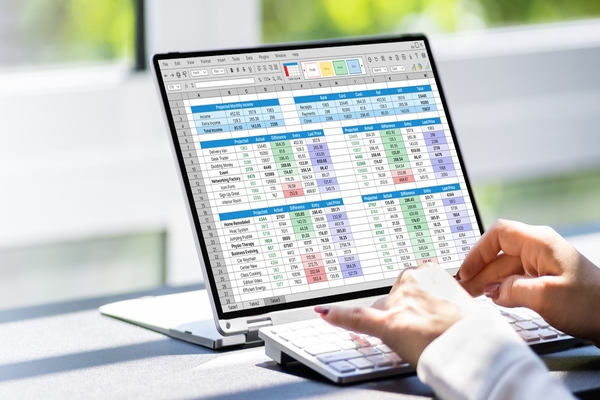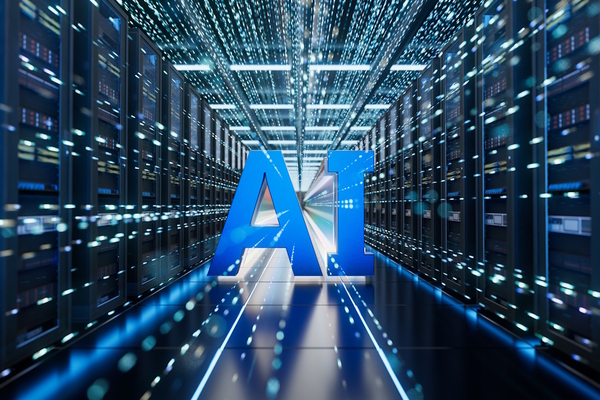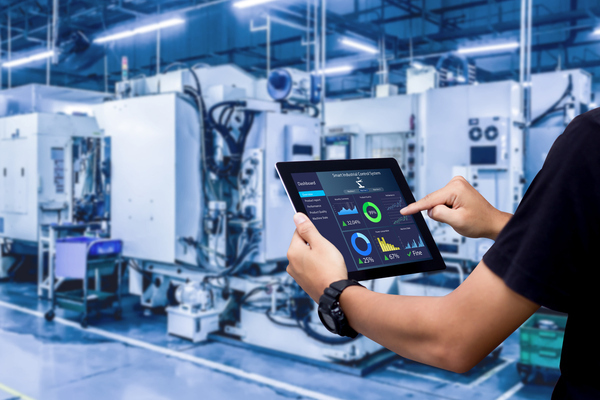Industrial data: bridging IT and OT
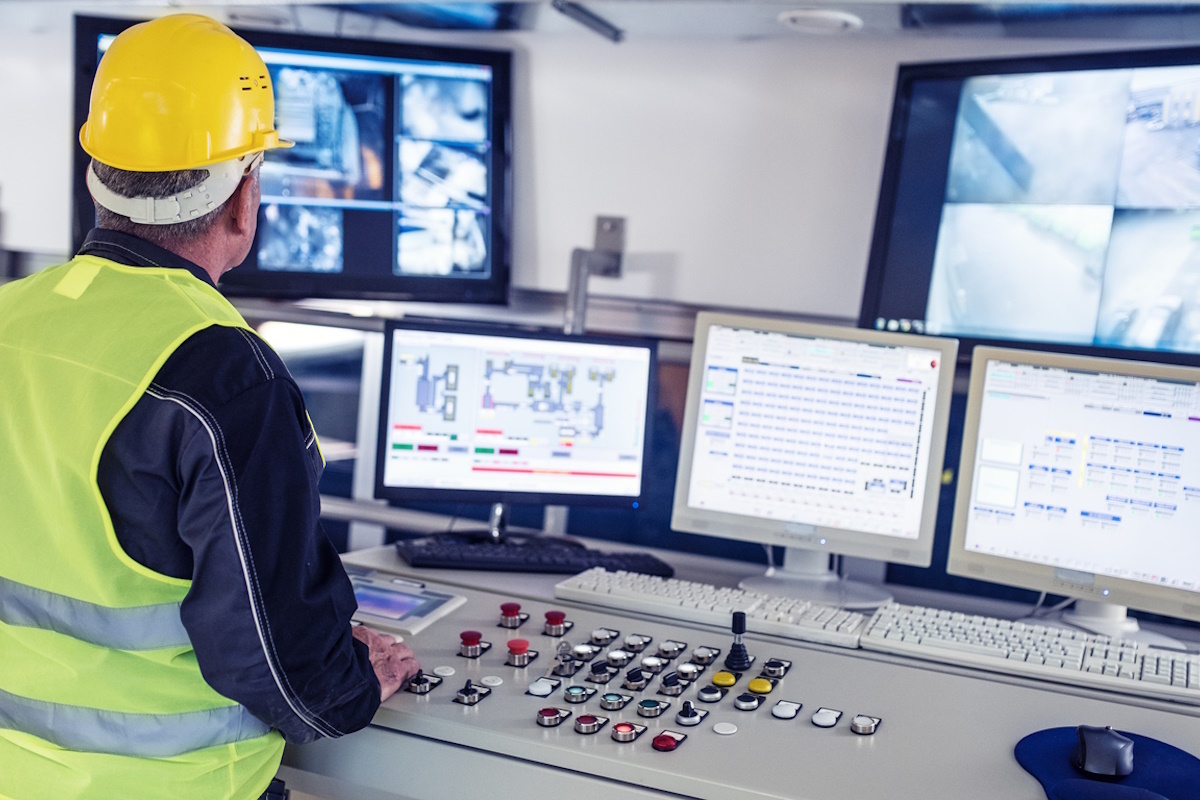
Nicole Rennalls at AspenTech DataWorks explores the future of data in industry
Today’s industrial organisations have access to more data than ever before, but often lack a strategy to unlock business value from it. Industrial data and systems have evolved and been maintained in organisational silos. As a result, despite years of promise, proofs of concept, and pilot programs, digital transformation projects often fail to unlock the hidden value of data at scale for these organisations.
Take AI initiatives: McKinsey research shows more than 75% of industrial companies have already taken steps to pilot AI, yet less than 15% have achieved meaningful impact at scale. As the volume and value of industrial data grows, organisations require a fresh strategy - and the right data infrastructure - to centralise, connect, and scale data operations across facilities.
Enhanced connectivity is key in this context. Organisations need to seamlessly connect people, machinery, plants, logistics and applications so they can better communicate and collaborate using existing data. Critically too, they also need to deliver a flexible approach that provides corporate-wide information flow; securely streams data from manufacturing, process control and IT systems; and contextualises and transforms it for a wide array of use cases.
The convergence of IT and OT – and why it matters
On one level, what is key here for industrial businesses and manufacturers is the coming together of information technology (IT) and operational technology (OT). For clarity let’s define terms. IT serves as the critical infrastructure for an organisation’s operations. It plays a vital role in overseeing, administering, and safeguarding essential areas like email, financial systems, human resources (HR), and various applications, whether they’re hosted in-house or in the cloud.
OT, on the other hand, is integral for overseeing and protecting the industrial processes of an organisation. Their tools and infrastructure primarily focus on the operations of sectors such as manufacturing, mining, oil and gas, utilities, and transportation. Businesses in these fields depend heavily on OT for their day-to-day operations.
Traditionally, IT and OT have been seen as distinct domains with minimal intersection. However, with the growing digitisation of industries, these two areas are converging. Advancements in technologies such as the Internet of Things (IoT) and big data analytics are bridging the gap. These innovations enable digital systems to effectively monitor and control physical assets, integrating IT and OT more closely than ever before.
Since they traditionally existed in different silos, IT and OT naturally have two very different perspectives, the teams haven’t tended to work together as one.
However, by facilitating a collaborative environment where experts from various fields come together, and by providing them with a holistic view of enterprise-wide data, we can unlock remarkable synergies. This convergence of knowledge and insights can lead to innovative solutions and drive transformative outcomes for the business.
For example, enterprises undertaking planning and scheduling eventually want to see what was scheduled and what actually happened. To do that today, they typically need to pull data from multiple sources, but they can never be 100 percent confident they are getting at the true plan versus the actual performance, because that data will almost certainly come with caveats.
Although it’s challenging to bring everyone together to analyse industrial data, the advantages are clear. Consolidating data into a single source enables companies to understand discrepancies between actual performance and planned objectives, and the reasons behind them. This insight allows for targeted adjustments, enhancing profitability and sustainability.
By analysing that data over time, it is possible to predict actual output and say that, based on a particular demand, a plan should be different. By creating systems that automatically change plans based on those factors, you can create a system that is truly self-optimising.
A complex task
Achieving effective data utilisation in industrial organisations is challenging. Despite collecting vast amounts of data, it first needs to be refined by correcting errors, removing duplicates, and filling gaps. Then, it must be organised into a usable format. However, mere aggregation is insufficient. Complex analysis tools and specialised skills are necessary for proper interpretation, often requiring the hiring of data analysts to extract meaningful insights.
Contextualising data is actually the hardest element of all this. Enterprises can aggregate and clean data. They can even create algorithms on the front end to ensure data is clean and accurate, but context is hard because it’s not just about the data, it’s not just about the ones and zeros. It’s about the metadata – where in the plant did this data come from? What other information is attached to it?
The complexity of managing extensive industrial data lies not only in its collection, cleaning, and contextualisation but also in making it easily searchable. This is crucial for companies to discern trends and patterns spanning the entire enterprise and leverage these insights.
A key challenge is linking disparate data points to form a comprehensive picture of operations, such as mapping plant activities. Effectively querying this data, especially on a large scale, is complex.
Despite their potential, fully integrated systems for managing industrial data aren’t yet a standard in business operations but are expected to be in the future. With the advancement of computing and AI, fuelled by increasing data, a shift in system functionality is likely.
The future will allow for interactive dialogues with these systems, enabling operators to explore scenarios, assess probabilities, and understand the impact on profitability and sustainability. This evolution towards self-optimising plants will lead to more insightful and impactful decision-making, helping to drive the success of industrial systems worldwide.
Nicole Rennalls is Vice President/General Manager at AspenTech DataWorks
Main image courtesy of iStockPhoto.com

Business Reporter Team
Most Viewed
Winston House, 3rd Floor, Units 306-309, 2-4 Dollis Park, London, N3 1HF
23-29 Hendon Lane, London, N3 1RT
020 8349 4363
© 2025, Lyonsdown Limited. Business Reporter® is a registered trademark of Lyonsdown Ltd. VAT registration number: 830519543
